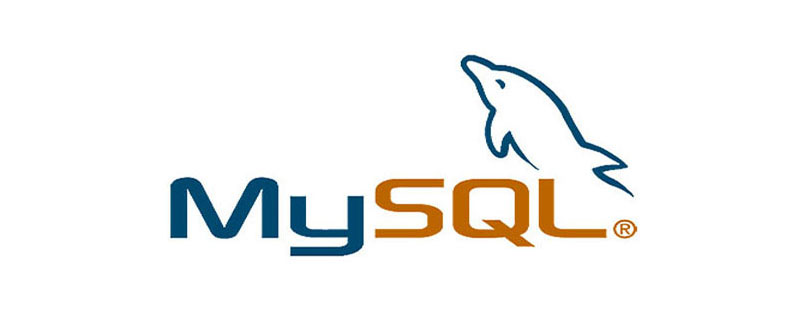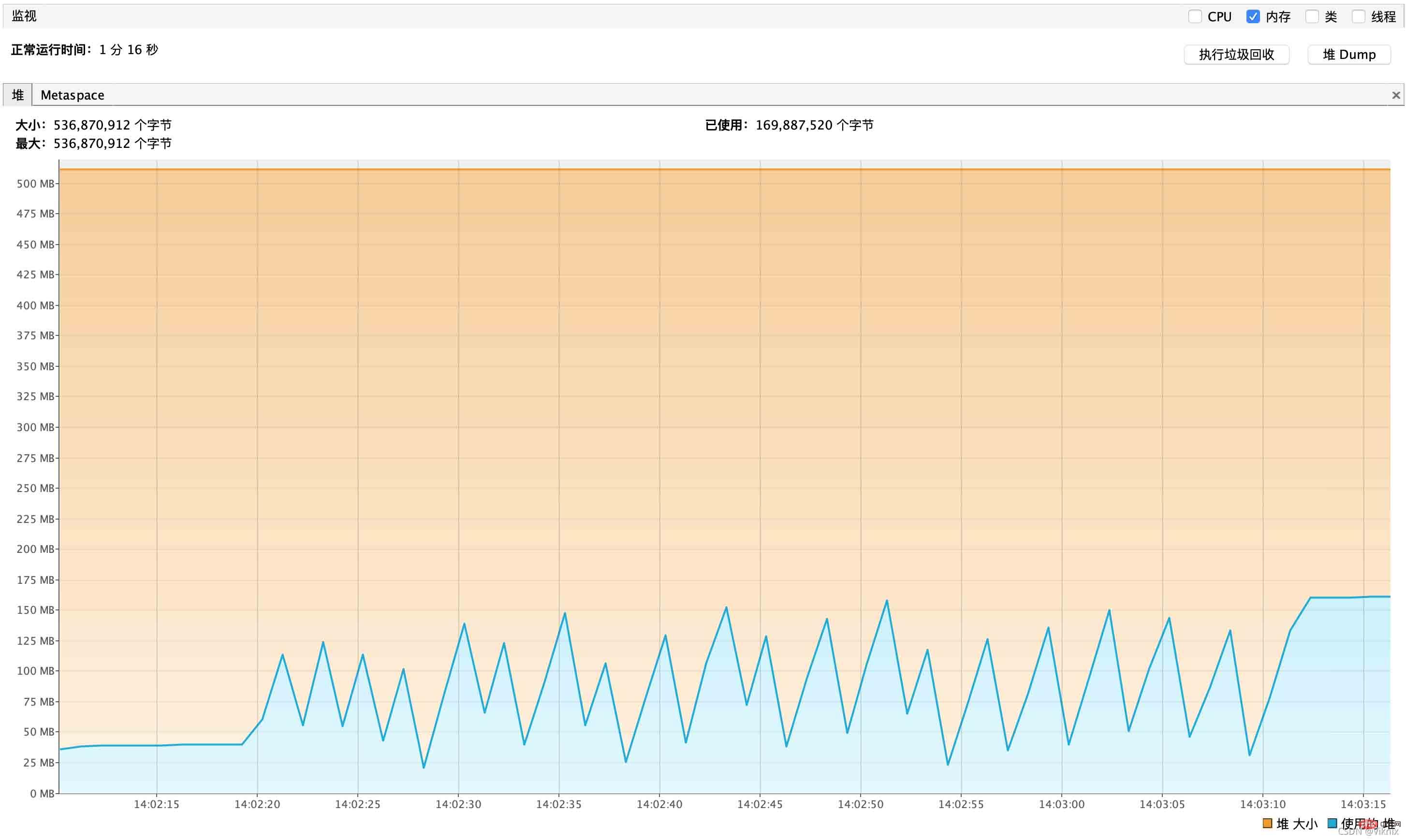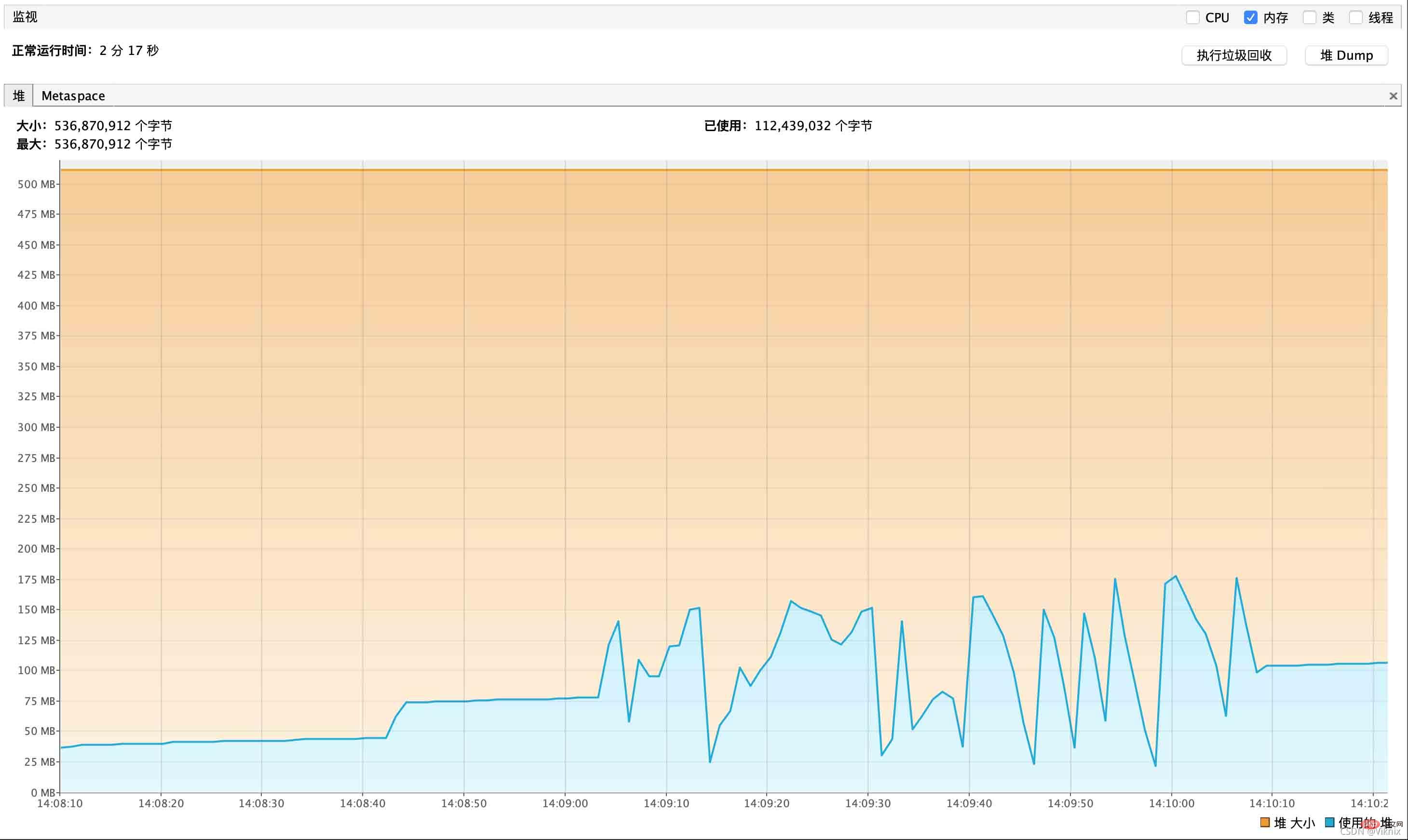Streaming query and cursor query methods in MySQL (summary sharing)
This article brings you relevant knowledge about mysql. It mainly introduces the streaming query and cursor query methods in MySQL. It has a good reference value and I hope it will be helpful to everyone. .

Recommended learning: mysql video tutorial
1. Business scenario
Now the business system needs to start from the MySQL database Read 500w data rows for processing
- Migrate data
- Export data
- Batch processing data
Second, list the following three A processing method
- Regular query: read 500w data into JVM memory at one time, or read in pages
- Streaming query: read one piece at a time and load it into JVM memory. Business processing
- Cursor query: Like streaming, control how many pieces of data are read at a time through the fetchSize parameter
2.1 General query
By default, the complete retrieval result set is stored in memory. In most cases, this is the most efficient way to operate and is easier to implement.
Assuming that the data volume of a single table is 5 million, no one will load it into the memory at one time, and paging is generally used.
Here, the test demo is just to monitor the JVM, so paging is not used and the data is loaded into the memory at one time
@Test
public void generalQuery() throws Exception {
// 1核2G:查询一百条记录:47ms
// 1核2G:查询一千条记录:2050 ms
// 1核2G:查询一万条记录:26589 ms
// 1核2G:查询五万条记录:135966 ms
String sql = "select * from wh_b_inventory limit 10000";
ps = conn.prepareStatement(sql);
ResultSet rs = ps.executeQuery(sql);
int count = 0;
while (rs.next()) {
count++;
}
System.out.println(count);
}JVM monitoring
We will reduce the memory size -Xms70m -Xmx70m
During the entire query process, the heap memory usage gradually increases, and eventually leads to OOM:
java.lang.OutOfMemoryError: GC overhead limit exceeded
1. Frequently triggering GC
2. There is a hidden danger of OOM

2.2 Streaming query
One thing to note about streaming queries: all rows in the result set must be read (or closed) before any other queries can be issued on the connection, otherwise an exception will be thrown and its query will exclusively occupy the connection.
From the test results, streaming query does not improve the query speed
@Test
public void streamQuery() throws Exception {
// 1核2G:查询一百条记录:138ms
// 1核2G:查询一千条记录:2304 ms
// 1核2G:查询一万条记录:26536 ms
// 1核2G:查询五万条记录:135931 ms
String sql = "select * from wh_b_inventory limit 50000";
statement = conn.createStatement(ResultSet.TYPE_FORWARD_ONLY, ResultSet.CONCUR_READ_ONLY);
statement.setFetchSize(Integer.MIN_VALUE);
ResultSet rs = statement.executeQuery(sql);
int count = 0;
while (rs.next()) {
count++;
}
System.out.println(count);
}JVM monitoring
We will reduce the heap memory to -Xms70m -Xmx70m
We found that even though the heap memory was only 70m, OOM still did not occur

2.3 Cursor query
Note:
1. Need to splice parameters in the database connection information useCursorFetch=true
2. Secondly, set the number of data read by Statement each time, such as reading 1000 at a time
Judging from the test results, cursor query has shortened the query speed to a certain extent## We will reduce the heap memory - Xms70m -Xmx70m We found that in a single-threaded situation, cursor query and streaming query can avoid OOM very well, and cursor query can optimize query speed. ##3.1 RowDataStatic First, it will check whether there is data in its internal buffer that has not been returned. If there is, return the next row. The default RowDataStatic reads all The data is transferred to the client memory, which is our JVM; JDBC Client -> Client Socket -> MySQL -> Retrieve data return -> MySQL Kernel Socket Buffer -> Network -> Client Socket Buffer -> JDBC Client General query will load all the data queried into the JVM and then process it. If the amount of query data is too large, it will continue to experience GC, and then there will be a memory overflow The server is ready to return from the first piece of data When the data is loaded into the buffer, the data is loaded into the kernel buffer of the client machine through the TCP link. The inputStream.read() method of JDBC will be awakened to read the data. The only difference is that the stream is turned on. When reading, only one package size of data is read from the kernel each time, and only one row of data is returned. If one package cannot assemble one row of data, another package will be read. When the cursor is turned on, when the server returns data, it will return the data according to the size of fetchSize, and the client will return the data every time when receiving the data. Change the buffer data and read all the data. If the data has 100 million data, if FetchSize is set to 1000, 100,000 round-trip communications will be performed; Because MySQL does not know when the client has finished consuming the data , and its own corresponding table may have DML write operations. At this time, MySQL needs to create a temporary space to store the data that needs to be taken away. So when you enable useCursorFetch to read a large table, you will see several phenomena on MySQL: Concurrent calls: Jmete 10 threads concurrent calls in 1 second Streaming query memory performance report is as follows Concurrent calls are also OK for memory usage and do not exist Stacked increase The cursor query memory performance report is as follows 1. Both cursor query and streaming query can avoid OOM in a single thread; 2. Cursor query is faster than streaming query in terms of query speed. Compared with ordinary query, streaming query cannot shorten the query. Time; 3. In concurrent scenarios, the trend of streaming query heap memory is more stable, and there is no additive increase. Recommended learning: mysql video tutorial The above is the detailed content of Streaming query and cursor query methods in MySQL (summary sharing). For more information, please follow other related articles on the PHP Chinese website!@Test
public void cursorQuery() throws Exception {
Class.forName("com.mysql.jdbc.Driver");
// 注意这里需要拼接参数,否则就是普通查询
conn = DriverManager.getConnection("jdbc:mysql://101.34.50.82:3306/mysql-demo?useCursorFetch=true", "root", "123456");
start = System.currentTimeMillis();
// 1核2G:查询一百条记录:52 ms
// 1核2G:查询一千条记录:1095 ms
// 1核2G:查询一万条记录:17432 ms
// 1核2G:查询五万条记录:90244 ms
String sql = "select * from wh_b_inventory limit 50000";
((JDBC4Connection) conn).setUseCursorFetch(true);
statement = conn.createStatement(ResultSet.TYPE_FORWARD_ONLY, ResultSet.CONCUR_READ_ONLY);
statement.setFetchSize(1000);
ResultSet rs = statement.executeQuery(sql);
int count = 0;
while (rs.next()) {
count++;
}
System.out.println(count);
}
3. RowDataThe logic of ResultSet.next() is to implement the class ResultSetImpl and get it from RowData every time The data for the next row. RowData is an interface, and the implementation relationship diagram is as follows

If all reading is completed, trigger a new request to MySQL Server to read the fetchSize quantity result
4.1 generalQuery General query
4.2 streamQuery streaming query
4.3 cursorQuery cursor query
5. Concurrency scenarios


6. Summary

Hot AI Tools

Undresser.AI Undress
AI-powered app for creating realistic nude photos

AI Clothes Remover
Online AI tool for removing clothes from photos.

Undress AI Tool
Undress images for free

Clothoff.io
AI clothes remover

Video Face Swap
Swap faces in any video effortlessly with our completely free AI face swap tool!

Hot Article

Hot Tools

Notepad++7.3.1
Easy-to-use and free code editor

SublimeText3 Chinese version
Chinese version, very easy to use

Zend Studio 13.0.1
Powerful PHP integrated development environment

Dreamweaver CS6
Visual web development tools

SublimeText3 Mac version
God-level code editing software (SublimeText3)

Hot Topics
 1664
1664
 14
14
 1422
1422
 52
52
 1316
1316
 25
25
 1266
1266
 29
29
 1239
1239
 24
24
 MySQL's Role: Databases in Web Applications
Apr 17, 2025 am 12:23 AM
MySQL's Role: Databases in Web Applications
Apr 17, 2025 am 12:23 AM
The main role of MySQL in web applications is to store and manage data. 1.MySQL efficiently processes user information, product catalogs, transaction records and other data. 2. Through SQL query, developers can extract information from the database to generate dynamic content. 3.MySQL works based on the client-server model to ensure acceptable query speed.
 Laravel Introduction Example
Apr 18, 2025 pm 12:45 PM
Laravel Introduction Example
Apr 18, 2025 pm 12:45 PM
Laravel is a PHP framework for easy building of web applications. It provides a range of powerful features including: Installation: Install the Laravel CLI globally with Composer and create applications in the project directory. Routing: Define the relationship between the URL and the handler in routes/web.php. View: Create a view in resources/views to render the application's interface. Database Integration: Provides out-of-the-box integration with databases such as MySQL and uses migration to create and modify tables. Model and Controller: The model represents the database entity and the controller processes HTTP requests.
 MySQL and phpMyAdmin: Core Features and Functions
Apr 22, 2025 am 12:12 AM
MySQL and phpMyAdmin: Core Features and Functions
Apr 22, 2025 am 12:12 AM
MySQL and phpMyAdmin are powerful database management tools. 1) MySQL is used to create databases and tables, and to execute DML and SQL queries. 2) phpMyAdmin provides an intuitive interface for database management, table structure management, data operations and user permission management.
 MySQL vs. Other Programming Languages: A Comparison
Apr 19, 2025 am 12:22 AM
MySQL vs. Other Programming Languages: A Comparison
Apr 19, 2025 am 12:22 AM
Compared with other programming languages, MySQL is mainly used to store and manage data, while other languages such as Python, Java, and C are used for logical processing and application development. MySQL is known for its high performance, scalability and cross-platform support, suitable for data management needs, while other languages have advantages in their respective fields such as data analytics, enterprise applications, and system programming.
 Solve database connection problem: a practical case of using minii/db library
Apr 18, 2025 am 07:09 AM
Solve database connection problem: a practical case of using minii/db library
Apr 18, 2025 am 07:09 AM
I encountered a tricky problem when developing a small application: the need to quickly integrate a lightweight database operation library. After trying multiple libraries, I found that they either have too much functionality or are not very compatible. Eventually, I found minii/db, a simplified version based on Yii2 that solved my problem perfectly.
 Laravel framework installation method
Apr 18, 2025 pm 12:54 PM
Laravel framework installation method
Apr 18, 2025 pm 12:54 PM
Article summary: This article provides detailed step-by-step instructions to guide readers on how to easily install the Laravel framework. Laravel is a powerful PHP framework that speeds up the development process of web applications. This tutorial covers the installation process from system requirements to configuring databases and setting up routing. By following these steps, readers can quickly and efficiently lay a solid foundation for their Laravel project.
 MySQL for Beginners: Getting Started with Database Management
Apr 18, 2025 am 12:10 AM
MySQL for Beginners: Getting Started with Database Management
Apr 18, 2025 am 12:10 AM
The basic operations of MySQL include creating databases, tables, and using SQL to perform CRUD operations on data. 1. Create a database: CREATEDATABASEmy_first_db; 2. Create a table: CREATETABLEbooks(idINTAUTO_INCREMENTPRIMARYKEY, titleVARCHAR(100)NOTNULL, authorVARCHAR(100)NOTNULL, published_yearINT); 3. Insert data: INSERTINTObooks(title, author, published_year)VA
 Solve MySQL mode problem: The experience of using the TheliaMySQLModesChecker module
Apr 18, 2025 am 08:42 AM
Solve MySQL mode problem: The experience of using the TheliaMySQLModesChecker module
Apr 18, 2025 am 08:42 AM
When developing an e-commerce website using Thelia, I encountered a tricky problem: MySQL mode is not set properly, causing some features to not function properly. After some exploration, I found a module called TheliaMySQLModesChecker, which is able to automatically fix the MySQL pattern required by Thelia, completely solving my troubles.




